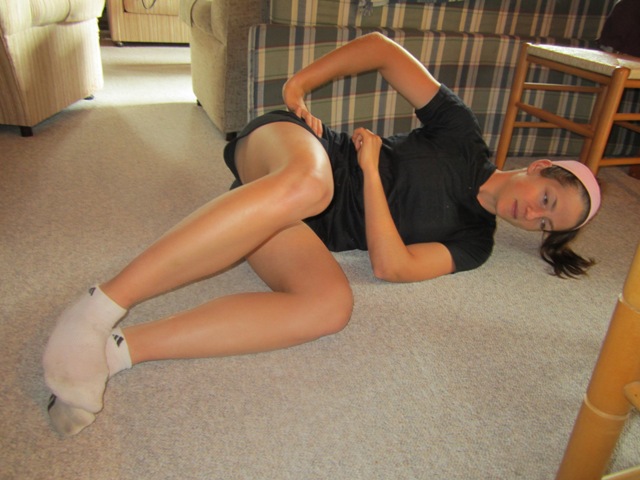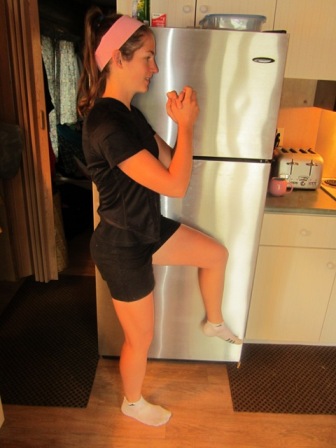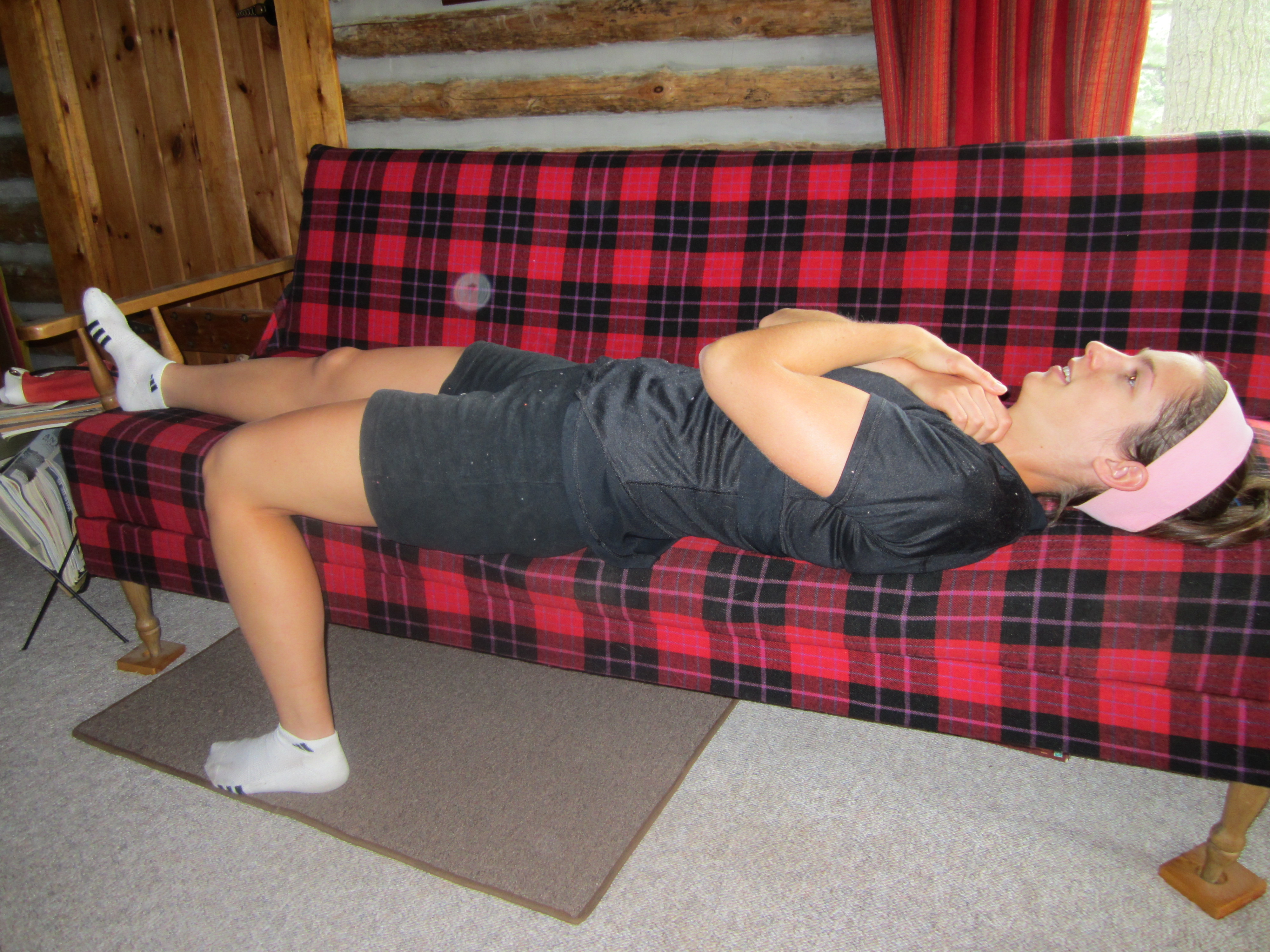Unfortunately with large training loads endurance athletes are at risk of over-use injuries due to muscle imbalances (which everyone has), biomechanics issues, tightness, etc. There are many things that can be done to prevent imbalances and other issues from becoming injuries. Regular stretching, contrast therapy after workouts, massage, and strength exercises targeting muscle imbalances, are all good ways to stay on top of your A-game.
But even with a good effort at completing regular stretching and strength exercises, injuries still may happen. Iíve struggled on and off with a running-related injury since high school. For me it was always a tight and sore butt/hip problem that prevented me from running as much as I would like. As far as I am aware, a lot of females struggle with sore hips from running due to the bone structure of the hip girdle.
Additionally, skiers (as well as people who sit a lot... so a lot of people), may run into trouble with running if their glutes are not firing properly, as was the case for me. The glutes are made up of three muscles - the maximus, medius, and minimus. The latter two function as pelvic stabilizers, whereas the gluteus maximus functions in hip extension and knee stabilization. When walking and running, the gluteus medius must fire when you plant your foot in order to keep the pelvic girdle stable. If this fails to occur, your gait will be unbalanced, leading to increased wear and tear and potential injuries can result.
It didnít take long to learn that this was one problem I had. The simple test to determine if your glutes are firing appropriately is to lie on your stomach and lift one leg off the ground while someone places a hand on your hamstring and your bum. The glutes should engage before the hamstring if they are firing properly. If they are not firing properly the hamstring will be doing most of the work and your will fail to feel a glute contraction. The cure for improper firing is to do glute activation exercises - lots of them!
I have found the clam and one legged wall squats to be to very effective exercises for this purpose. When doing the clam, you lie on your side with your knees bent at 90 degrees, and with a 90 degree bend at the hips. You then raise the upper leg up and down, making sure to actively engage the glutes. This can be done with a rubber band around the knees to increase the difficulty. I usually do about 30 of these on each side.

The wall squats are a bit tougher. For these, you lean against the wall with one raised, bent leg, and squat on the other leg. The idea is to engage the glutes on the squatting leg and forcefully push into the wall while performing a one-legged squat. 10 to 15 of these on each side is recommended. It is important to use the gluteal muscles to keep both hips level when you sink down into the squat.
 †
†
Another good exercise is an isometric glute activation exercise. It is performed lying on your back on a couch or bed, with one leg bent and hanging off the side of the bed. With this hanging leg, press into the floor, using only the butt muscles. This exercise really isolates the gluteal muscles and is particularly good if you are having trouble with specifically engaging the glutes during the other exercises.
 †
†
Even with the helpful stretching and glute exercises I still struggled to avoid a sore butt from running last fall. It was a real pain in the ass! The athletic therapists at Carleton are truly fantastic and did a lot of work to help me make it through weekly workouts. I canít tell you enough how awesome Nadine and the staff are there, and Carleton athletes are very lucky to have access to that service. However, I was finding that any improvements in soreness with these treatments were not having a lasting effect. Manual work can only get so deep, and I found that something was needed to loosen up the muscles below the surface. So I headed over to the physiotherapy clinic at Carleton and gave dry needling a try. This technique involves inserting a fine needle into the muscle (or tendon or fascia), and will cause the muscle to twitch if it is knotted or damaged. The needle induces a minor injury which then stimulates healing in this location. I am really glad that I gave it a try because I have enjoyed a lot of pain-free running with XC Ottawa so far this summer. Fingers crossed, this pain-free running will continue!


